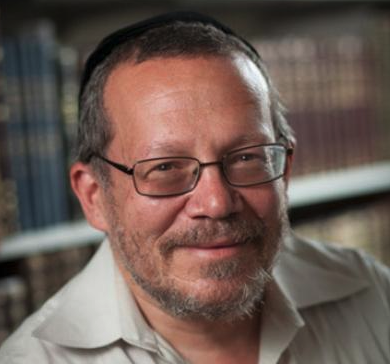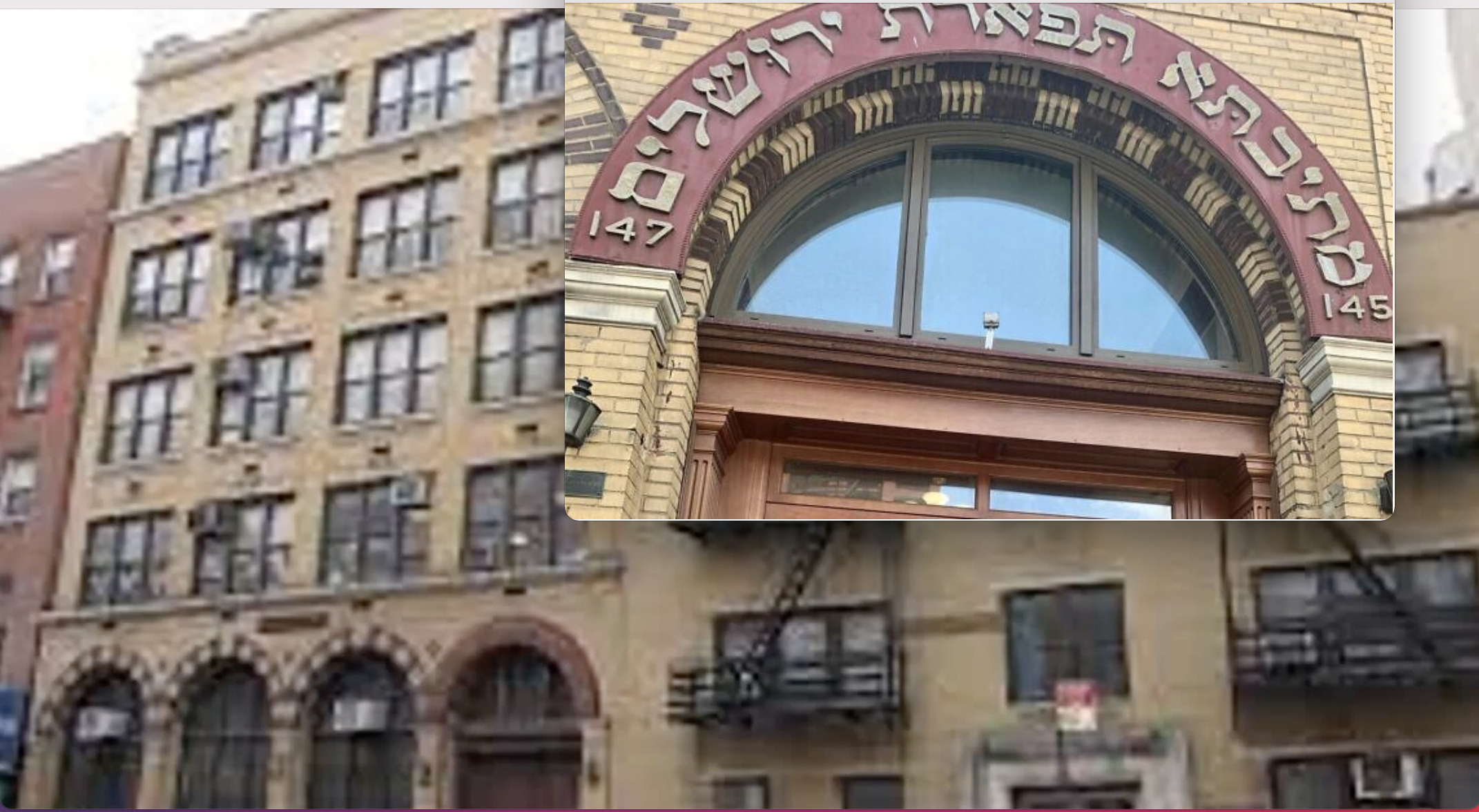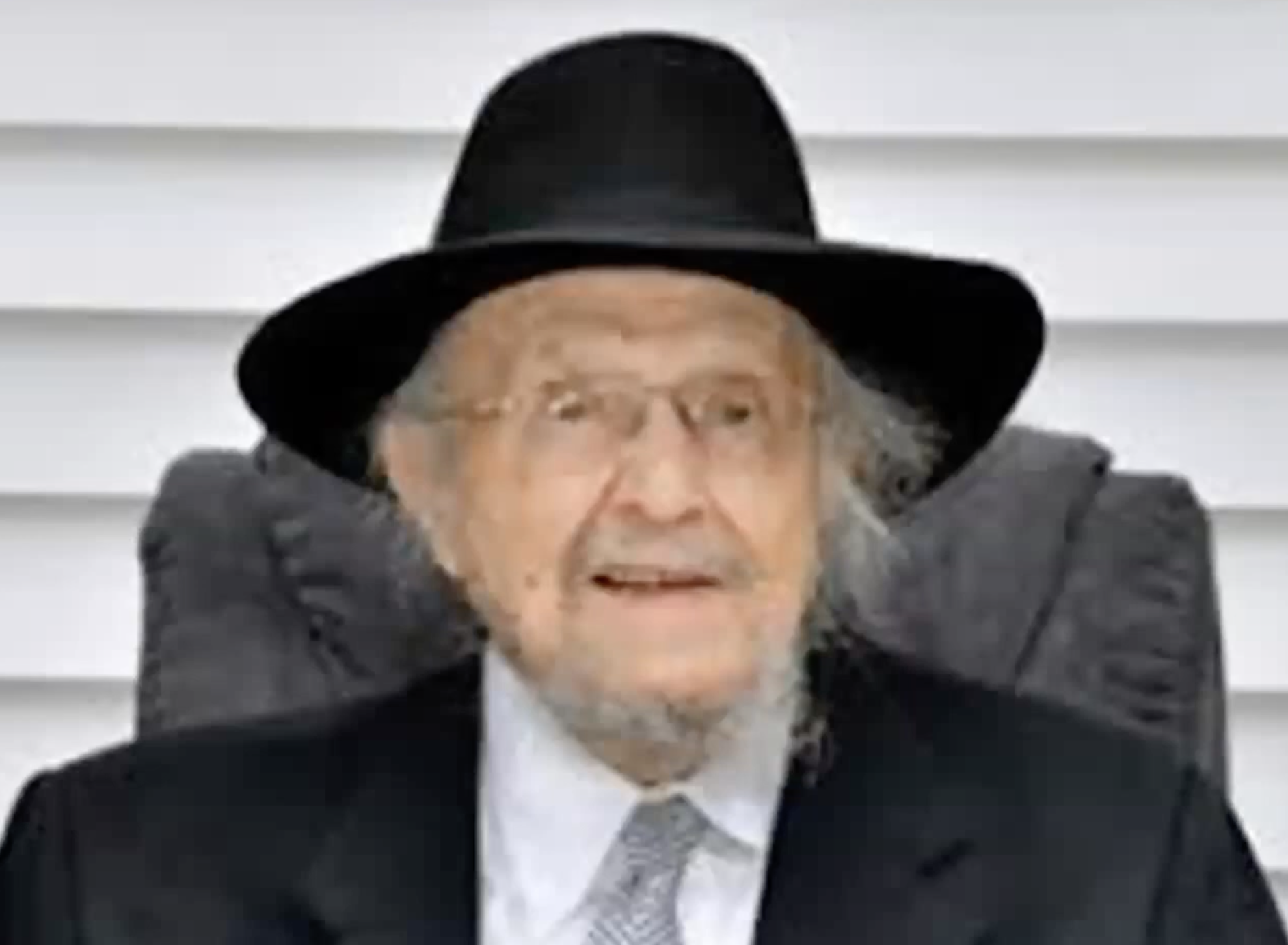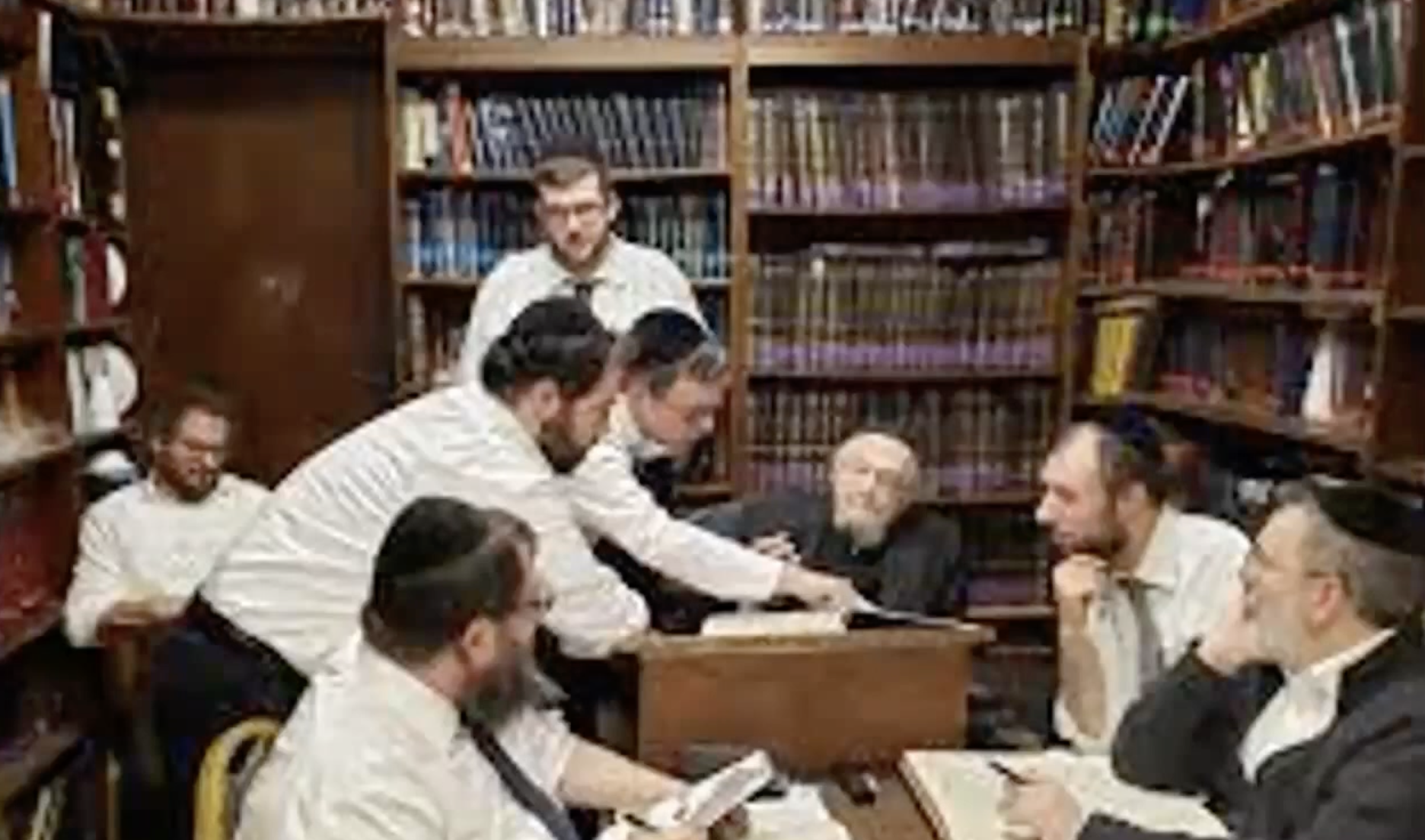An Insider’s View of Yeshiva Learning on the Lower East Side
By Sue Weston and Susie Rosenbluth – Two Sues on the Aisle
The Yeshiva world may seem foreign to a typical New Yorker, like a throw-back to an earlier age in which men immersed themselves in Torah study, isolated from secular society. In his book In Yeshiva Days, author Johnathan Aaron Boyarin enters this community and commits himself to a year of learning. Boyarin discussed his experience during a recent book talk sponsored by the Lower East Side Jewish Conservancy (LESJC) is a non-profit organization dedicated to the historic preservation and revitalization of the Jewish experience. Boyarin, a longtime resident of the Lower East Side, returns as an anthropologist to profile a side of Jewish life rarely seen by outsiders.
Anthropology is the study of what makes us human, and Boyarin’s work centers on the dynamics of Jewish culture, memory, and identity in Jewish communities. By connecting anthropology, history, and cultural studies, he attempts to peel back the cloak of invisibility to show the beauty and relatability of the Orthodox Jewish community on the Lower East Side. His background is as diverse as it is dazzling. After earning a law degree from Yale, he worked as an attorney in a high-powered firm before entering academia. He now teaches Near Eastern Studies at Cornell University. Boyarin says he hopes that for those for whom the yeshiva “is an unknown place” when they begin to read, it will be more familiar by the end. If it is already familiar, “you may be reading it in a new light and with an enriched appreciation of its significance today.”
A Journey of a Lifetime
Boyarin published a similar ethnographic book about the Stanton Street Shul in 2013. Mornings at the Stanton Street (Fordham University Press) provides a historic, intimate exploration of a vibrant Orthodox congregation that served the diverse Jewish population of Lower Manhattan since 1913 by adapting and evolving to accommodate changes in the demographics. To build a portrait of this community, he gathered information by attending the shul’s daily minyan and keeping a journal, which he combined with 30 years of reflections and observations. The book targeted readers with no prior knowledge of Judaism or synagogue life and was the inspiration for his next project: creating a profile of the Orthodox Jewish Talmud scholars.
As a young adult, Boyarin had studied Talmud at Mesivtha Tifereth Jerusalem (MTJ). Located on New York’s Lower East Side, the yeshiva, one of the oldest existent such institutions in the city, was led by Rabbi Moshe Feinstein, z”tl, until his death in 1986, and then by his son Rabbi Dovid Feinstein, z”tl, until his passing in November 2020. MTJ is now led by Rav Moshe’s son, Rabbi Berel Feinstein.
Around Thanksgiving 2011, Boyarin made plans to spend his sabbatical year attending the Rosh Yeshiva’s shiur (class) to learn, forge a relationship in this community, and write a book from the perspective of an insider. Boyarin joined the Kollel (Torah scholars) at MTJ for a year, stepping beyond his secular life to enter one of New York’s oldest institutions for Orthodox learning.
Learning at MTJ
MTJ, often referred to simply as “The Yeshiva,” especially by people on the Lower East Side, is an iconic institution whose impact on the Orthodox-Jewish world has been powerful, ever since its opening in 1907 at 87 Eldridge Street, where it was called Talmud Torah Tifereth Jerusalem Yeshiva. In 1912, it moved to its current location at 145 East Broadway.
In his book, Boyarin shares his surprise that when entering the Beis Midrash (house of learning), the first question he was asked had nothing to do with a background check or credentials, nor was anyone concerned about his level of kashrut or who his parents were. All they wanted to know was: “Are you looking for someone to learn with?” Just walking into MTJ, he was immediately accepted, and, he discovered, this openness, this sense of welcoming all who want to learn, is a trademark of MTJ, a legacy passed down from Rav Moshe Feinstein.
Boyarin studied Talmud with Rav Dovid Feinstein (in the yeshiva, it is referred to as “learning”) in a class with 12 others and continued to learn even after his sabbatical year ended, returning on vacations and holidays until he had compiled enough notes to write a portrait about what it was like to learn at MTJ. But before publishing his book, he asked permission. Using the terminology of the yeshiva, in which the Rosh Yeshiva, head of the institution, is referred to, out of respect, in the third person, he said, “I think Rebbe knows that I teach Jewish studies in a university. Now I would like to write a book about the Yeshiva.” Reb Dovid answered, “Why not?’” “It was not a problem for him,” Boyarin said.
Boyarin adopted anthropological protocols and created profiles for the members of his chavrusa (the group he learned with). He did not attempt to disguise the name of the yeshiva because there is only one MTJ, and identification was important in recounting his experience learning there. In so doing, he created characters that burst forth into life as he deftly described how they learned and connected Talmud learning with contemporary society. Yeshiva Days intertwines anthropology and the discipline of study behavior with Boyarin’s personal experience, and the whole package is presented as a memoir.
Listening to him as he read a passage from the book during the program presented by the LESJC, we were drawn in and wanted to hear more. Yeshiva Days is written in a simple conversational tone, making it more a story than scholarly analysis.
Yeshiva Days
We found that MTJ’s culture came to life through Boyarin’s eyes, showing a community that was both learned and down to earth, traditional and adaptive, one in which a broad range of male Jews come together to learn. Boyarin is not simply a participant-observer; he is central to the narrative. In writing this book, he attempts to provide a faithful, responsible account of the experience of learning at MTJ, shining a valuable light on this often-hidden community.
Perhaps one of the author’s crowning achievements is that one of his chavrusa study partners was so proud of Yeshiva Days: Learning on the Lower East Side, that he read it to his family on Shabbos. A consummate storyteller, Boyarin uses his academic perspective to chronicle a side of Jewish life that few outsiders see. As observant-Orthodox Jews, we sometimes struggle to decide if creating wider exposure through storytelling will increase acceptance and knowledge of the Orthodox lifestyle.
Read Yeshiva Days and judge for yourself. 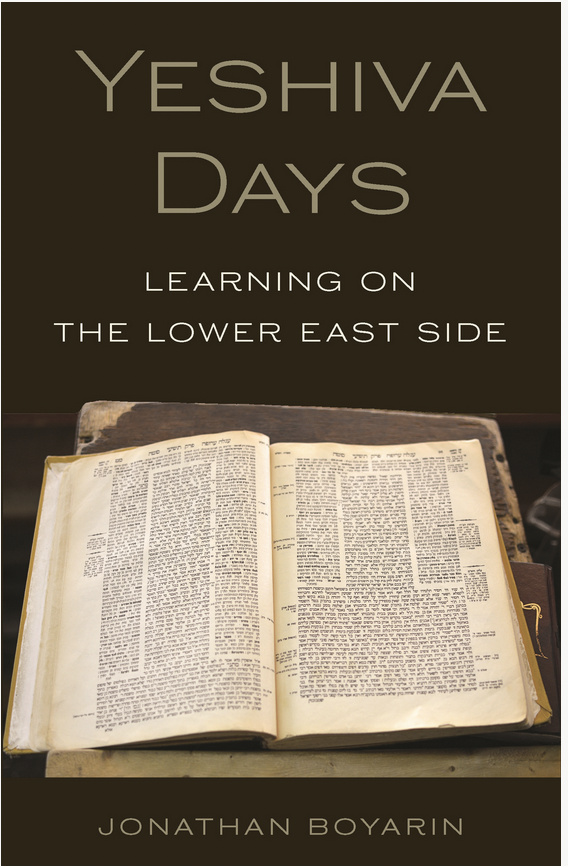 ***
***
Two Sues on the Aisle bases its ratings on how many challahs it pays to buy (rather than make) in order to see the play, show, film, or exhibit being reviewed. 5 Challahs is our highest rating.
The Lower East Side Jewish Conservancy (LESJC) book talk of Yeshiva Days received a 4 challah rating

